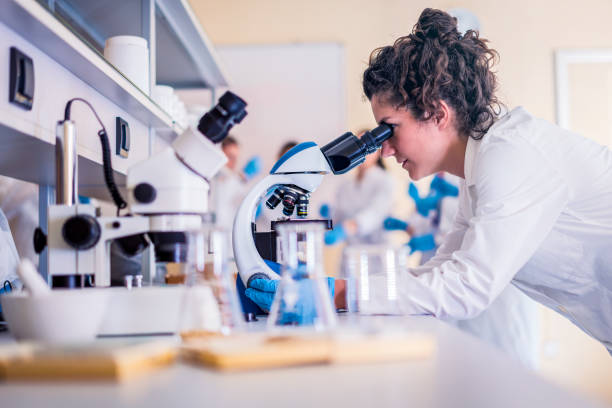健康新闻 2024
什么是炎症?
一般来说, 术语“炎症”是指身体试图抵抗潜在或实际感染时发生的免疫系统的所有活动, 清除有毒分子或从身体伤害中恢复. 急性炎症有五种典型的体征: 热, 疼痛, 发红, 肿胀和功能丧失. 低度炎症甚至可能不会产生明显的症状, 但基本的细胞过程是相同的.
被蜜蜂蜇一下, 例如. 免疫系统就像一个军事单位,其武器库中拥有多种工具. 感应到毒素后, 细菌和蜇伤造成的物理伤害, 免疫系统将各种类型的免疫细胞部署到被叮咬的部位. 其中包括 T 细胞, B细胞, 巨噬细胞和中性粒细胞, 在其他细胞中.
B细胞产生抗体. 这些抗体可以杀死伤口中的任何细菌并中和刺痛处的毒素. 巨噬细胞和中性粒细胞吞噬并消灭细菌. T细胞不产生抗体, 但杀死任何被病毒感染的细胞以防止病毒传播.
此外, these immune cells produce hundreds of types of molecules called cytokines – otherwise known as mediators – that help fight threats and repair harm to the body. But just like in a military attack, inflammation comes with collateral damage.
The mediators that help kill bacteria also kill some healthy cells. Other similar mediating molecules cause blood vessels to leak, leading to accumulation of fluid and influx of more immune cells.
This collateral damage is the reason you develop swelling, 蜂蜇周围或注射流感疫苗后出现红肿和疼痛. 一旦免疫系统清除感染或外来入侵者(无论是蜂蜇中的毒素还是环境中的化学物质),炎症反应的不同部分就会接管并帮助修复受损组织.
几天后, 你的身体会中和毒刺, 消除任何进入内部的细菌并治愈任何受损的组织. ( 雅虎网站)

